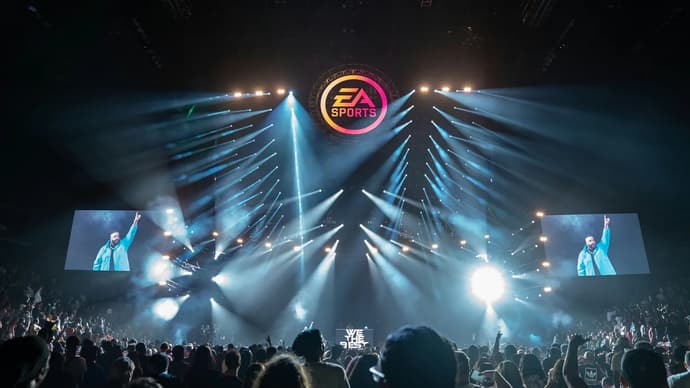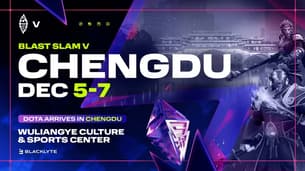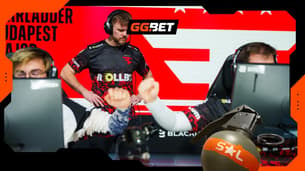
From Pixels to Podiums: The Rise of Professional Esports Teams

What was once a niche hobby enjoyed in basements and at local LAN parties has exploded into a global phenomenon. Competitive gaming, or esports, now commands sold-out stadiums, massive online audiences, and a professional infrastructure that rivals traditional sports. The ecosystem surrounding these digital athletes has become a vast entertainment landscape. Fans now engage in ways far beyond just watching the game, from following player streams to participating in fan communities and related entertainment platforms like Flamez Casino. This evolution has given rise to a new kind of celebrity—the professional esports player—and a new kind of organization: the professional esports team, built on strategy, skill, and incredible dedication.
The Journey from Hobby to Profession
The path to professionalization has been rapid. Early competitive gaming was driven purely by passionate communities, with small, local tournaments offering little more than bragging rights. Today, the scene is a multi-billion dollar industry. This incredible growth was fueled by several key developments that transformed the landscape entirely.
- The advent of high-speed internet and streaming platforms like Twitch and YouTube, which gave players a global stage.
- Massive prize pools, with premier tournaments offering prize money comparable to major sporting events.
- The entry of major non-endemic brands, lending mainstream legitimacy through corporate sponsorships.
- The establishment of structured, city-based franchised leagues that mirror traditional sports models.
The Anatomy of a Modern Esports Team
Behind every championship trophy is a complex organization that extends far beyond the players at their keyboards. A modern esports organization is a well-oiled machine designed for peak performance, requiring a diverse set of skilled professionals to compete at the highest level.
- The Players: These are the core athletes, individuals with elite reflexes, deep game knowledge, and sharp communication skills. They specialize in titles ranging from MOBAs like League of Legends to tactical shooters like VALORANT and Counter-Strike.
- Coaching Staff: Head coaches, strategic coaches, and data analysts are crucial for developing in-game strategies, studying opponents, and providing real-time leadership during matches.
- Management & Operations: Team managers and General Managers (GMs) handle the business side, from player contracts and brand partnerships to travel logistics and daily scheduling, allowing players to focus solely on performance.
- Performance Support Professionals: Many elite teams now employ sports psychologists, nutritionists, and physical trainers to ensure their players are in optimal mental and physical condition—a key factor for endurance in long tournaments.
The Thrill of Fandom and Engagement
For millions of fans worldwide, following an esports team is a passionate pursuit filled with community and excitement. The adrenaline of watching a high-stakes, clutch play in a grand final is a powerful draw. For some spectators, this excitement is amplified by placing a small, considered wager on the outcome. This type of engagement turns a passive viewing experience into an interactive one. The motivation is typically not financial gain but rather to enhance the thrill and test one's game knowledge. Success in this, much like in the game itself, demands careful analysis of team form, recent performance metrics, and a significant element of luck. It is an added layer of immersion for dedicated fans in an industry that continues to innovate for players and spectators alike.

Kateryna Prykhodko is a creative author and reliable contributor at EGamersWorld, known for her engaging content and attention to detail. She combines storytelling with clear and thoughtful communication, playing a big role in both the platform’s editorial work and behind-the-scenes interactions.
 StarLadder Budapest Major 2025 – Stage 3 Pick'em: Predictions & OpinionsThe final qualification stage of the Budapest Major begins: a deep look at contenders, dark horses, and the intense battle for the last eight playoff tickets.
StarLadder Budapest Major 2025 – Stage 3 Pick'em: Predictions & OpinionsThe final qualification stage of the Budapest Major begins: a deep look at contenders, dark horses, and the intense battle for the last eight playoff tickets. Dota 2 BLAST Slam V Playoffs OverviewDiscover everything about Dota 2 BLAST Slam V Playoffs - teams, format, schedule and prize pool.
Dota 2 BLAST Slam V Playoffs OverviewDiscover everything about Dota 2 BLAST Slam V Playoffs - teams, format, schedule and prize pool. LoL Dev Video: What’s Coming in the New 2026 Season – Items, Role Quests, Faster Gameplay, and MoreDiscover everything Riot announced for LoL Season 2026, including role quests, item updates, faster gameplay, vision upgrades, and big changes to objectives and splitpush.
LoL Dev Video: What’s Coming in the New 2026 Season – Items, Role Quests, Faster Gameplay, and MoreDiscover everything Riot announced for LoL Season 2026, including role quests, item updates, faster gameplay, vision upgrades, and big changes to objectives and splitpush. StarLadder Budapest Major 2025 – Stage 3 PreviewDiscover the key matchups and format of Stage 3 at StarLadder Budapest Major 2025, where 16 teams battle for eight playoff spots in the most intense phase yet.
StarLadder Budapest Major 2025 – Stage 3 PreviewDiscover the key matchups and format of Stage 3 at StarLadder Budapest Major 2025, where 16 teams battle for eight playoff spots in the most intense phase yet.


